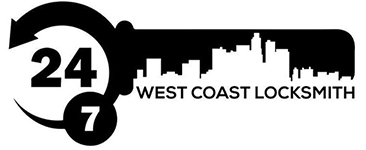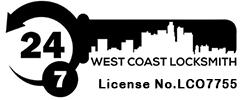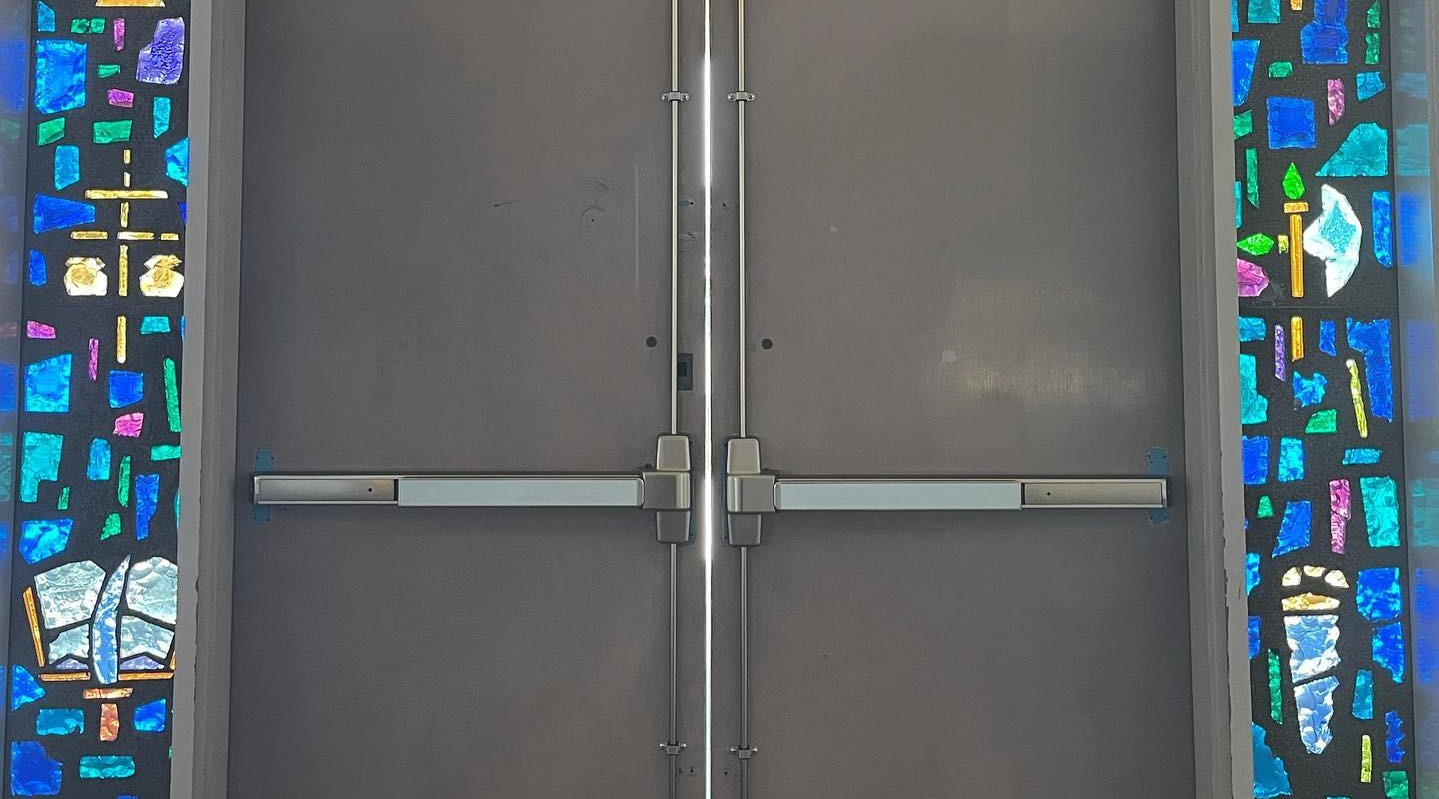No matter the size, every business must have a clear emergency exit plan. Panic bars help people leave the building quickly during emergencies. These tools and devices save time, reduce confusion, and help prevent injury. Together, they support safe building practices and meet legal safety requirements.
What Is an Emergency Exit Plan?
An emergency exit plan shows how people can leave a building safely during fires, earthquakes, or other hazards. The plan must include marked routes, clear signage, and designated exits. Employees need to know where to go and how to exit quickly.
Building codes in cities like Los Angeles require businesses to maintain safe egress paths. This includes having unobstructed hallways, working emergency lights, and accessible exits.
A good exit plan includes:
- Diagrams showing primary and secondary exits
- Marked routes free from obstructions
- A meeting location outside the building
- A system to check that all occupants are safe
Reviewing the plan during regular safety drills helps employees remember what to do.
What Are Panic Bars?
Panic bars, also called crash bars, are push bars installed on exit doors. Pressing the bar unlocks the door, allowing people to leave without turning a knob or using a key.
Panic bars are often required on exit doors in schools, offices, retail stores, and public buildings. They improve safety during emergencies by allowing people to exit even when under stress or in low visibility.
Most panic bars:
- Cover the width of the door
- Unlock with a simple push
- Work even if the door is locked from the outside
Some panic bars include alarms to alert staff when someone opens an exit door. Others connect to fire alarm systems and unlock automatically.
Why Businesses Must Install Panic Bars
Panic bars reduce exit time during emergencies. They allow people to leave quickly and without confusion. These devices are especially useful when crowds form or when electricity fails.
A locked door with a standard handle can slow people down and cause panic. Panic bars eliminate this risk and comply with national and state fire safety codes.
Businesses that must install panic bars include:
- Buildings with occupancy over 50 people
- Locations used by the public, such as stores or restaurants
- Facilities with hazardous materials
- Offices with more than one exit door
In Culver City and surrounding areas, inspectors may fine or shut down businesses that ignore panic hardware requirements.
How Emergency Exit Plans and Panic Bars Work Together
An exit plan without proper hardware is incomplete. A locked or jammed door can block escape even if employees know where to go. Panic bars make exits usable under stress.
Clear communication and reliable door hardware protect both staff and customers. Every exit route must include at least one door with a panic bar, especially if the building is large or open to the public.
Maintaining Exit Doors and Panic Bars
Panic bars must work at all times. Keep exit doors in good condition and test panic bars monthly.
Business owners should:
- Check for loose or jammed hardware
- Remove blockages from exit paths
- Replace worn parts immediately
- Keep door signage clear and visible
Locks must not restrict panic bar function. Never install additional locks that require keys to exit.
Local Safety Requirements and Real Use Cases
In Los Angeles County, fire marshals conduct random inspections. Businesses without compliant exit plans or panic hardware may receive penalties or shut-down orders.
A local restaurant in West Los Angeles added panic bars to its rear exits after a routine safety audit. The owners replaced old latch handles with UL-listed push bars and passed their next inspection without issues.
A coworking space near Venice Beach updated their exit plan and installed panic hardware after expanding to new floors. With a higher number of occupants, they needed better access control and emergency readiness.
Plan Ahead to Protect Your Business
An emergency plan and working panic bars make your building safer and compliant. Together, they help people exit quickly and reduce risk. They are not just required—they are necessary.
Take action if your building lacks panic hardware or your plan is outdated. Walk your exits. Check your hardware. Test the function. Update your diagrams.
For help choosing and installing panic bars, contact a local locksmith with commercial experience. West Coast Locksmith installs code-compliant panic devices and exit hardware for offices, retail shops, and public buildings across Los Angeles. We help you meet safety codes and protect the people who use your space.


